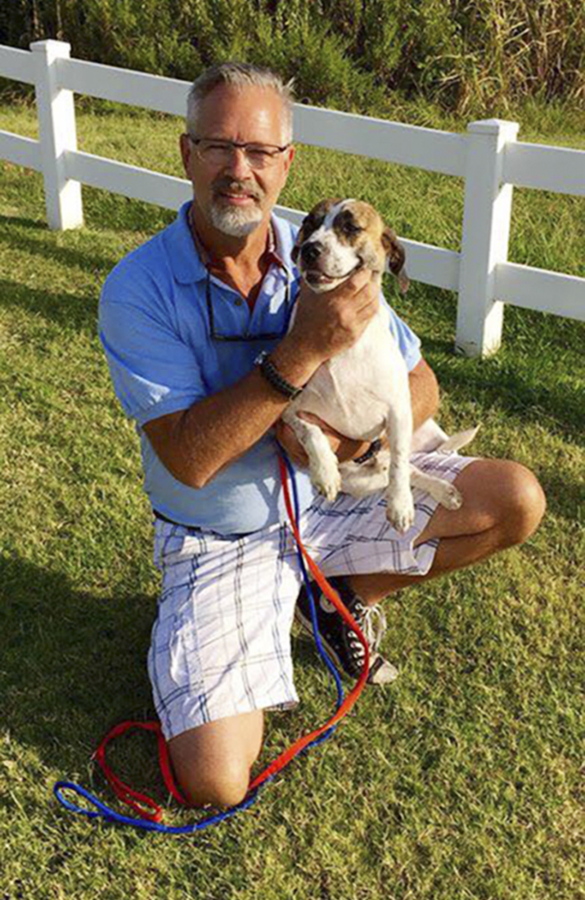DALLAS — A small plane piloted by an Oklahoma doctor who disappeared while flying to collect a disabled dog in Texas is believed to have settled thousands of feet below the Gulf of Mexico, the U.S. Coast Guard said a day after announcing it had ended its search.
Authorities lost sight of Dr. Bill Kinsinger Jan. 3 as his plane moved toward the Yucatan Peninsula in Mexico. Coast Guard air and seacraft and two Mexican naval ships searched for the 55-year-old pilot for five days, covering about 23,000 square miles (59,570 square kilometers), the Coast Guard said in a statement late Monday.
“Ending a search is a difficult decision that we put the upmost thought and consideration into,” Guard Capt. David Cooper said.
It’s believed the plane went down in an area of the Gulf where the depth is about 3,900 feet (1,188 meters), Guard Petty Officer Brandon Giles said Tuesday.
Kinsinger, of Edmond, Oklahoma, had been flying his Cirrus SR22T to Georgetown, Texas, to collect the disabled Husky that was destined for a foster home in Oklahoma. But he never landed at the suburban Austin airport and overshot his destination by hundreds of miles. Authorities believe he may have lost consciousness due to hypoxia, a lack of adequate oxygen.
Jacob Kinsinger said Tuesday that his father “went out a hero.”
“My dad was the greatest guy I’ve ever met and he died doing exactly what he loved, saving dogs and flying his airplane,” said Kinsinger, 22.
North American Aerospace Defense Command, or NORAD, dispatched fighter jets to try to steer Bill Kinsinger back on course, but to no avail. Two F-16 fighters flew in front of the five-seater plane, dropped flares and performed other military maneuvers, but Kinsinger, who was the only person on board, appeared to be unresponsive, NORAD spokesman Michael Kucharek said at the time.
When the F-16s became low on fuel, they were replaced by two F-15 fighters that stayed with Kinsinger for a while but eventually had to return to base because of darkness and their proximity to Mexican air space.
Kucharek said NORAD coordinated with the Coast Guard to take over monitoring the plane. The Guard, which was relying on the FlightAware website, lost track of the plane when it stopped transmitting a signal, a Guard spokesman said earlier. Guard officials generally use a variety of resources when participating in search-and-rescue operations, such as air-traffic controllers and the U.S. Air Force Rescue Coordination Center, Giles explained Tuesday.
Kinsinger, an anesthesiologist, had been flying a rescue mission for the nonprofit Pilots N Paws. Organizers said he generally flew two volunteer missions a week, and that he had been considering buying a larger plane so he could fly longer routes and transport more dogs.



